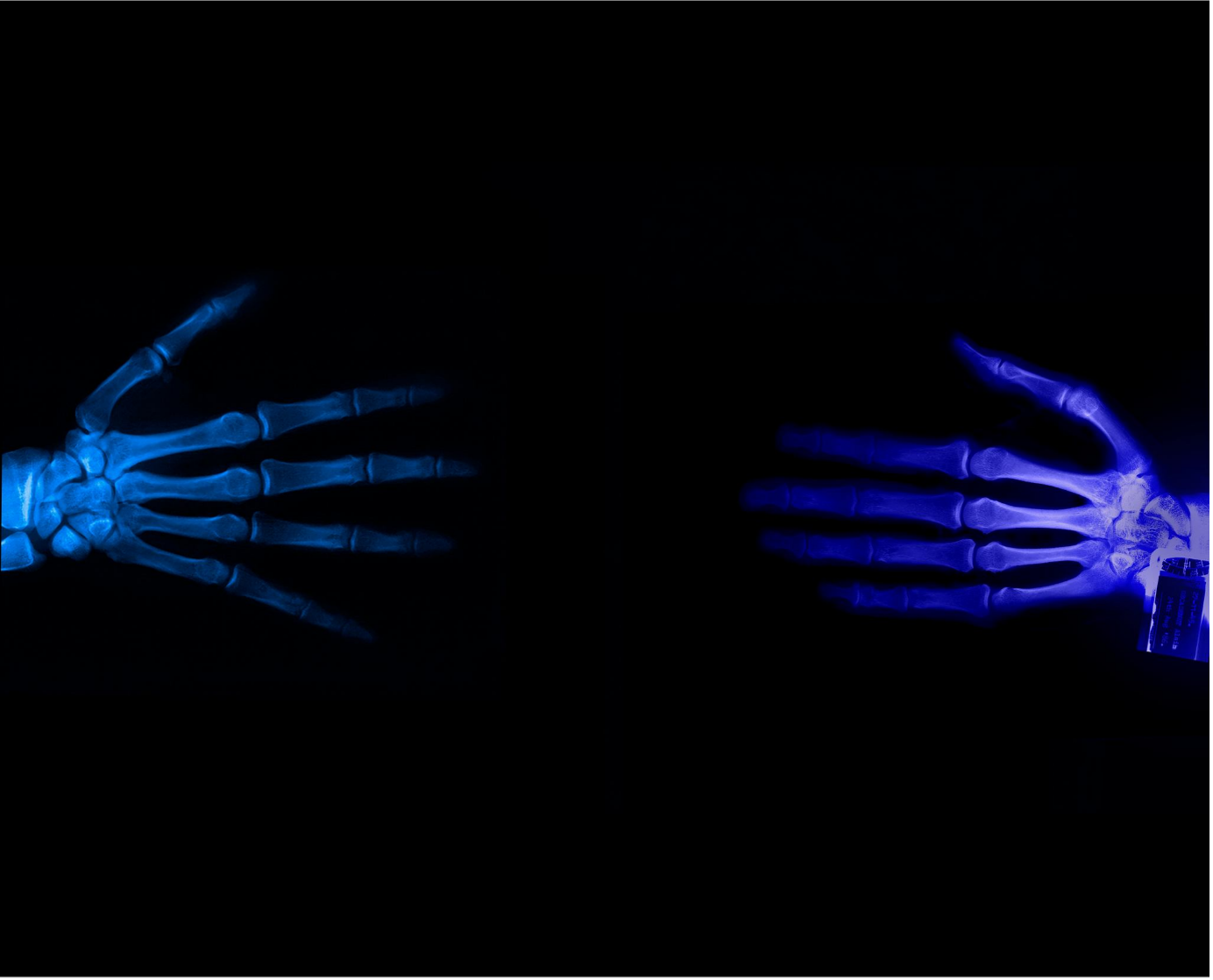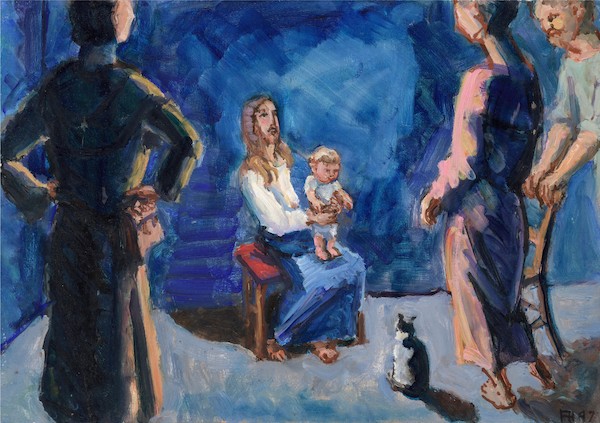.png)
A Groningen Representation of Mary
I am taking you to Loppersum, located in the province Groningen in the north east of the Netherlands, to the Mary’s chapel in the old Peter and Paul Church. In 1642 the Jesuit Father Mijleman was there. He pretended to be a cattle dealer in order to secretly make drawings of all the remnants of Catholicism in Groningen. In Loppersum he entered the church and rejoiced to see the paintings of Mary in the chapel.
There had been an iconoclastic fury in 1566 in the Netherlands. Apparently this had not involved wall paintings. Perhaps it was too much trouble to whitewash them (plaster, scaffolding, manpower) or perhaps the people thought that they were beautiful. Perhaps it did not worry them because, as Protestants, they did not gather in the chapel anyway. Who knows? However, in later years the paintings were painted over, to be discovered and restored again in the last century.
I can understand Mijleman’s joy, because there are no fewer than eight paintings of Mary to be admired in the chapel, dating from 1490-1500. They are spread over two vaults and the scenes picture Mary’s mystery feasts. The first is the Immaculate Conception. We see Mary’s parents, Anna and Joachim, who receive in a miraculous (and immaculate) way a child under the golden gate in Jerusalem. But that golden gate of Jerusalem is exactly like the old Herepoort of Groningen! It is a grey gate with two bright-red brick towers on either side. The colour of the bricks is characteristic of the area. That brings this immaculate event very close to home.
.jpeg)
Via the Annunciation and Visitation we arrive at the Birth of Christ in the next vault. And where was he born? In a dilapidated stable built with the same red bricks. And when the wise men visited him, in the next painting, of course they brought their gifts. Actually, they brought liturgical utensils with them, probably because the Adoration of the Magi was performed in the church, in the play of the Three Kings. The wise man who is kneeling holds a ciborium (the chalice in which the consecrated hosts are kept), another holds a thurifer (incense burner). The last is a gothic monstrance, exactly the monstrance with which we are familiar from the collection of the Groningen Museum, which used to belong in the Martini Church in city of Groningen. And so we have a St Mary’s chapel with many allusions to Groningen.
.jpeg)
The Presentation of the Lord, also called the ‘Purification of St Mary,’ is the next Feast of Mary (February 2) that has been depicted on the vault. According to Jewish custom the firstborn son was dedicated to God. Mary and Joseph went to the temple with their newborn child and turtle doves. At the same moment a woman who had recently delivered a child would undergo a ritual purification. This feast is as much a feast of Christ as a feast of Mary. Christ was presented, Mary was purified. However, she also came to hear Simeon’s terrifying prophecy: “This child is destined to cause the falling and rising of many in Israel, and to be a sign that will be spoken against, so that the thoughts of many hearts will be revealed. And a sword will pierce your own soul too.” (Luke 2:34-35). Mary’s many sorrows were foretold here.
.jpeg)
The last scene portrays Mary’s Assumption into heaven. In this painting you could ask who is taking whom into heaven. A girl is carried by Christ and Christ is carried by angels. It is one of those glorious medieval mixtures of all sorts of stories: was Mary taken up in the body or just her soul, did Christ take her along or was she brought up by the angels? Something of everything, it seems.
If you may travel in the north of the Netherlands: nearly all the old churches in the area are worth a visit!
**********
Unknown Artist: Paintings about Mary on the vaults of the St Mary’s Chapel in the Peter and Paul Church (1490-1500), in Loppersum, near Groningen, NL.
Saskia van Lier is a Dutch scholar of religion, specialising in the use of Christian art in the liturgical space. She is a freelance lecturer in this specialty. She also develops heritage projects for primary school pupils.
ArtWay Visual Meditation October 10, 2021
%20(1).png)












